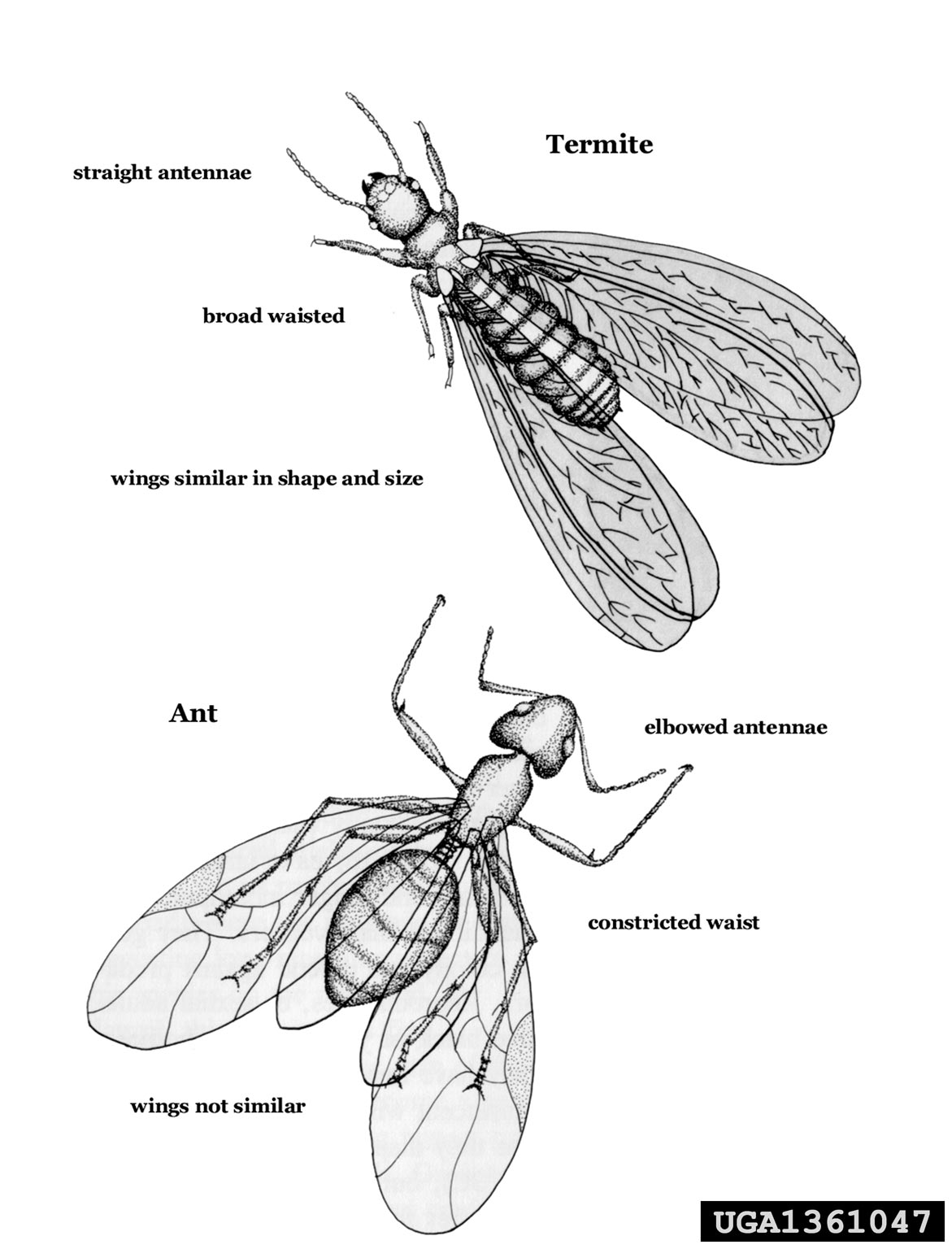 AB-Con Termite and Pest Control got its first call for Termite Swarmers today from Mt. Laurel, New Jersey.
AB-Con Termite and Pest Control got its first call for Termite Swarmers today from Mt. Laurel, New Jersey.
In South Jersey, our termite problems revolve around a species known as Subterranean Termites. Subterranean Termites build colonies in the soil or in trees or poles and rely mainly on the soil for the moisture they need to survive. They search for wood farther and farther from their colony area as their numbers grow.
A Subterranean Termite colony is large (60,000 to 1.5 million termites) and is made up of several “castes”, each with their distinct functions and behaviors. These include:
- Reproductives (the queen, king and winged swarmers) – sole purpose is to reproduce
- Soldiers – attack intruders and protect the colony
- Workers – colony maintenance and food gathering
Property owners seldom see the worker or soldier termites, but in the spring or fall they may see the swarming “winged reproductives.”
This form of termite can easily be confused with a winged ant unless you look closely:
Termites
All termites have a “thick waist.”
Termite Swarmers have two pairs of long, narrow wings. The wings are translucent and are about 50% LONGER than their body.
The front and back pairs of wings are nearly equal in size and length.
Termites have straight antennae that look like a string of beads.
Ants
Ants have a narrow, “pinched-in-waist.”
Winged Ants have two pairs of wings with several distinct cross-veins, shaped like long triangles.
The back pair of wings is much shorter than the front pair.
Ants have “elbowed” or bent antennae.
Termites feed on cellulose, a complex chemical in plant walls, and they are very important in the natural decomposition of fallen trees, leaves, and other plant products.
Any building, whether constructed with a slab, basement or crawl space foundation can be infested by termites.
If you suspect that termites or ants have infested your home, give us a call!
Image 1 – Courtesy of USDA-Forest Service, 1989
Image 2 – Courtesy of Image courtesy of USDA Forest Service Archive, USDA Forest Service, Bugwood.org
